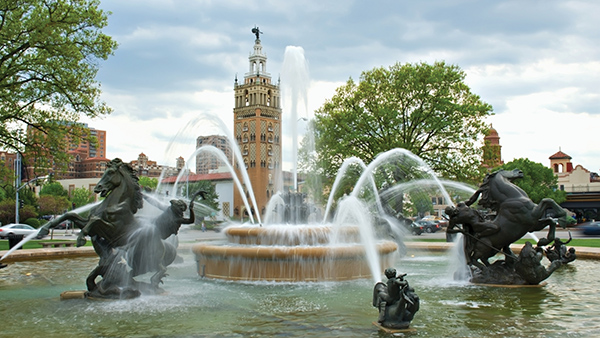When the foreclosure crisis hit the nation in 2007, the greatest impact was reported around the periphery of the nation — home prices plunged as jobs were lost and foreclosure levels went through the roof. And investors walked away.
However, markets in the middle experienced much less volatility back then. Investors who hung around after the Great Recession are still profiting from greater market stability in the Midwest markets, like Kansas City.
Kansas City Market: Keep Making Adjustments
Economic indicators that make for a stable business climate for investors are currently present in many Midwest markets, including Kansas City.
Both continued population growth and low unemployment in Kansas City has been a draw for investor John Wiley, a principal at TheNotePartners.com the last 15 years. Even so, he believes now is time to change his investment strategy.
Wiley, who considers himself foremost a buy-and-hold investor, has also done flips. But as in many other markets around the country, inventory is tight in the Midwest as well. So, what worked for him three years ago will not work today.
“You have to keep making adjustments,” he said. “It’s a little tough to be flipping right now. There’s very little inventory left on the MLS. As for buying at trustee sales on the courthouse steps, I’ve watched the market tighten where trustees are raising the minimum bid.”
As a result, Wiley has decided to stop flipping properties at least for the remainder of 2019.
“There’s a lack of good inventory. To be successful, you must add artisan touches that make the house unique. If I’m going to flip, I will do a good quality flip,” he said. “Investors are overbuying right now. Margins are too thin for me. You can’t get discount pricing.”
In the fourth quarter of 2018, ATTOM Data Solutions reported that flips accounted for 3.7 percent of all home sales in the metro area, and the number of flips during that time were down 35 percent from the fourth quarter of 2017. Distressed sales for the metro area were down 23.5 percent in the first quarter from the same quarter last year.
In the retail market, median home prices were up in the Kansas City metro during the first quarter of the year to $197,046, a 9.9 percent increase from a year ago and up 49 percent from the metro’s post-recession bottom price of $131,834 reported in the first quarter of 2008.
“Median sales prices make it much harder to do a buy-and-hold in Kansas City. Our rent rates haven’t caught up with the cost of housing acquisition. That’s what pushed me back into flipping,” Wiley explained.
So, in 2018, Wiley decided to liquidate any of his assets that still had loans on them, leaving him only with assets that are free and clear.
“I’m prepared for the eventual downturn and ready to leverage with cash on the next dip in the market,” he said. “I’m in the process of further converting about half of my rental portfolio into owner carryback notes. I’m leaving half in the rental market and half into owner carry financing, selling to my tenants and carrying the long-term note.”
Learn about other Midwest markets in the full version of this article found in the July digital edition of Housing News Report.























0 Comments